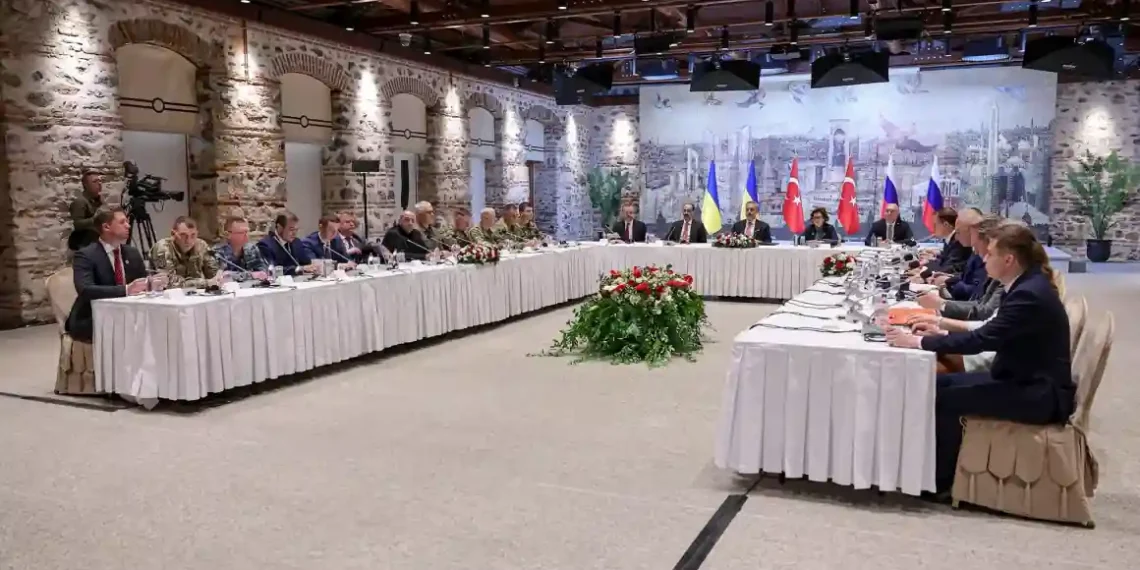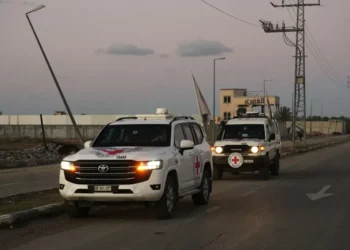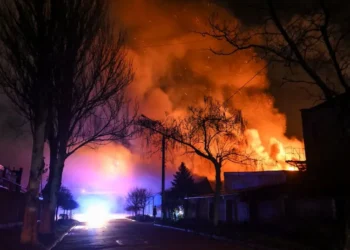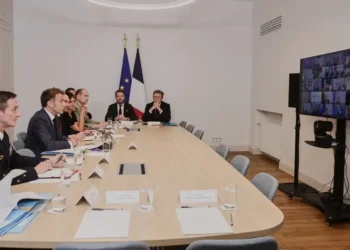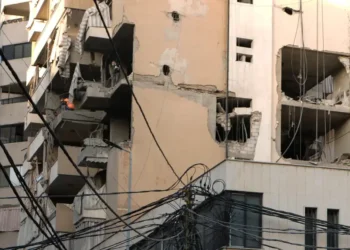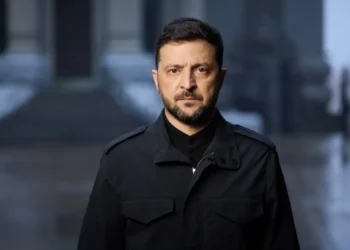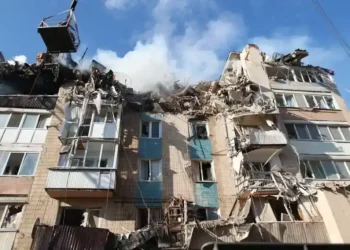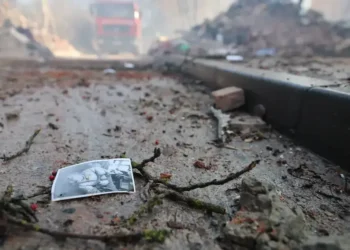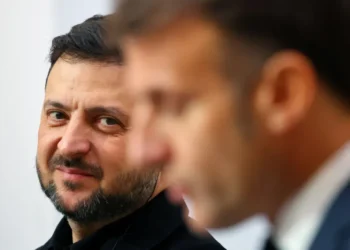A Week of Diplomacy Ends With Ukraine Back at Square One
Despite high-level talks, international phone calls, and bold statements, the push for peace in Ukraine remains stuck in neutral.
It’s been a whirlwind week of diplomacy. But while headlines were made, the reality for Ukraine hasn’t changed — and that’s telling. What didn’t happen might say more than what did.
Glimmers of Hope Fizzle Fast
The first direct talks between Ukraine and Russia in months were expected to revive hopes for ending Europe’s biggest war since World War II. Instead, the outcome was underwhelming: a basic prisoner swap, talk of more talks, and vague outlines for a possible ceasefire.
Prisoner exchanges are routine. Ukraine had already offered direct talks and demanded an immediate ceasefire on land, air, and sea — proposals that Russia initially dismissed, only to hint Friday they might reconsider.
Back Where It All Started
Diplomacy this week felt like running in place. It began last Saturday in Kyiv, where leaders from Ukraine, France, Germany, the UK, and Poland pushed for a one-month ceasefire. They even shared a photo of themselves on a call with President Trump, touting his support and warning of “massive sanctions” if Russia refused.
Fast forward six days, and the same five leaders were back on another group call — this time from Tirana — again speaking with Trump, again calling for peace. But Russia was still ignoring the truce, and frustrations were mounting.
Trump’s Dance With Putin
Former President Donald Trump has played both sides this week. He expressed interest in mediating a peace deal, even offering to meet Putin and Zelensky in Istanbul. But he also downplayed expectations, saying “nothing is gonna happen” until he sits down with Putin himself — a move that deflated the sense of urgency.
European leaders, especially France’s Macron and the UK’s Starmer, appeared frustrated. Publicly, they reaffirmed support for Ukraine and criticized Putin’s refusal to engage seriously. Privately, they likely reminded Trump of past promises — ones he’s been hesitant to deliver on, especially when it comes to pressuring the Kremlin.
Putin Stalls, Trump Hesitates
Two patterns are clear:
- Putin continues to brush off Western pressure, offering just enough engagement to appear cooperative while making no real concessions.
- Trump shows private sympathy for Ukraine, but his public actions — or lack thereof — suggest reluctance to hold Putin accountable.
At times, the White House has hinted it’s losing patience. Trump even floated secondary sanctions earlier this week. But those threats haven’t materialized into real pressure.
A Dangerous Illusion of Progress
Russia’s diplomatic approach seems designed to stall. Moscow offers vague proposals, continues military buildups (as drone footage reveals in the east), and even demands Ukrainian territory it hasn’t captured. The Kremlin is clearly playing for time, likely preparing for a summer offensive.
This week didn’t bring peace — but it did offer a rare moment of clarity.
A Voice of Dissent
Former U.S. Ambassador to Ukraine Bridget Brink, who resigned last month, published a blunt critique of the Trump administration’s policy:
“Since the beginning, the focus has been on pressuring Ukraine, the victim, instead of confronting the aggressor, Russia… Peace at any price is not peace at all. It is appeasement — and that leads to more war, not less.”
What Comes Next?
Trump’s suggestion that no meaningful progress can be expected until he meets Putin in person leaves Ukraine in limbo. With no summit scheduled and no timeline given, the diplomatic push has effectively stalled.
And even if that meeting does happen, history suggests that it may reset the diplomatic clock — not advance it. Just like this week, Ukraine could find itself right back where it started: hoping for peace, but stuck at zero.
This article was rewritten by JournosNews.com based on verified reporting from trusted sources. The content has been independently reviewed, fact-checked, and edited for accuracy, neutrality, tone, and global readability in accordance with Google News and AdSense standards.
All opinions, quotes, or statements from contributors, experts, or sourced organizations do not necessarily reflect the views of JournosNews.com. JournosNews.com maintains full editorial independence from any external funders, sponsors, or organizations.
Stay informed with JournosNews.com — your trusted source for verified global reporting and in-depth analysis. Follow us on Google News, BlueSky, and X for real-time updates.
